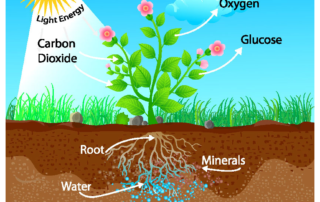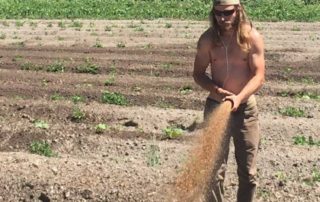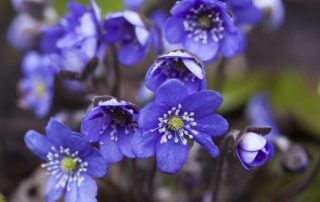Plant Care During Mother Nature’s Slumber
With this frigid weather, the cold nights can become hard to survive for some plants. Many plants will get through the winter without any intervention, but you should always know what to do for your plants over the winter so they'll do their best come springtime. Here are instructions on how to care for most plants over the winter.







